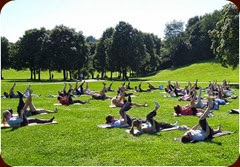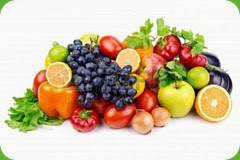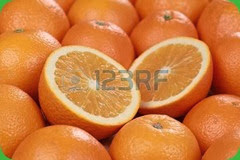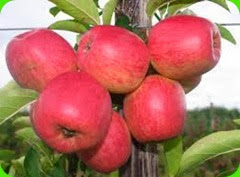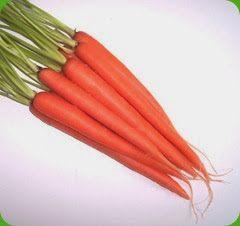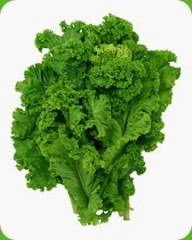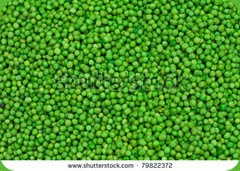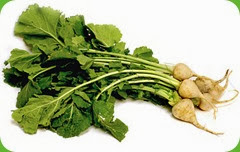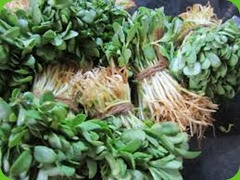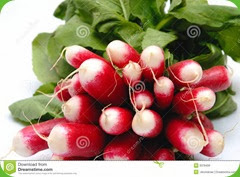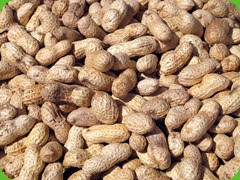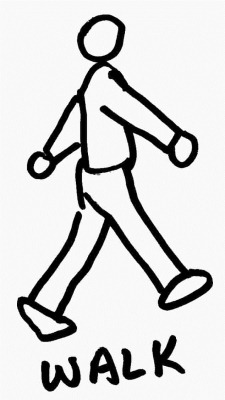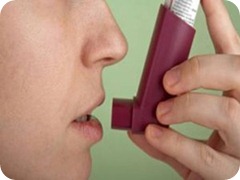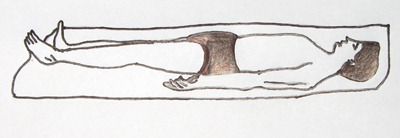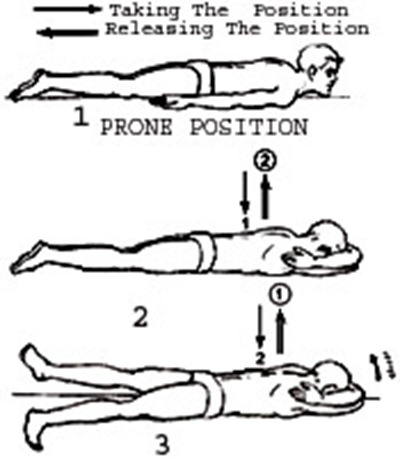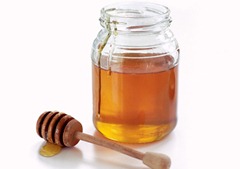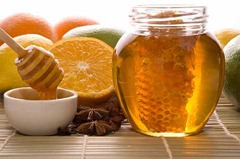Health Benefits of Sun Bathing / Sun Light

The sun is the source of all energy and power. You derive energy and power from the sun. If the sun does not shine for a day or two on account of clouds, your vitality falls to a low level and you are not in good spirits. Flowers, plants, animals and men rejoice as soon as the sun rises above the horizon. The sun supplies energy to all plants and living beings and yet its energy is never exhausted. Its energy is inexhaustible because it derives its energy from the inexhaustible source – the Atman.
The rays of the sun bestow on us wonderful health. The Vedas have glorified the rising sun. Ayurveda has extolled its efficacy. The sages have sung its praise in a variety of ways.
Build your house on the western side of a river, lake or tank. Then you will daily enjoy the reflected light, which is more beneficial and potent than the direct rays. The rays of the rising sun are a blessing from God for the preservation of health as well as for the cure of diseases. The rays of the sun possess antiseptic and germicidal properties. Expose your blankets, bed-sheet, pillows and mattress to the sun once in fifteen days. In the rays of the sun you will find a cheap and easily available tonic, a disinfectant, an antiseptic and potent germicide.
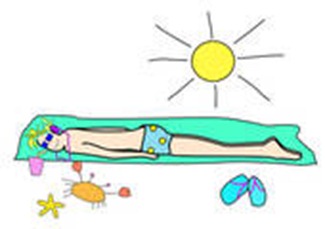
Sunlight is a food. You can make Vitamin ‘D’ by exposing your naked body to the sun. The skin and the nerves will absorb the energies of the sunlight. The sunlight provides the heat needed to sustain life.
Sunlight as a healer of leprosy and various other skin diseases was known to the ancients. They built temples dedicated to the sun. The temple of Konarak was built upon a tradition that Samba, the son of Sri Krishna, was stricken with leprosy because he saw his father in the act of connubial pleasure. When entreated to be forgiven, Krishna asked Samba to worship the sun in order to be freed of the loathsome disease. Accordingly he did so and was cured. In Egypt, the sun god is Ra; in Greece, Apollo ‘in Phoenicia, the sun. In Syria also the sun and moon are worshipped. In France and Germany the peasants even now take off their hats to the rays of the sun. The sun is looked at and worshipped by Hindus when they take a bath in the morning.
The morning sun gives out ultra-violet rays, as does also the evening sun. If persons suffering from leprosy and other skin diseases strip themselves of all clothing and remain in the sun naked till their body is properly tanned, then the sun’s rays will penetrate their body and work wonders there. Only the head must be rotated from the sun. Besides leprosy, tuberculosis, rheumatism, obesity, anemia, neurasthenia, eczema, colds, coughs, rickets, diseases of the teeth, etc, can also be treated with the sun’s rays.
Wear a thin light garment and walk on the western bank of a river, on the west side of the sea, a lake or tank early in the morning at sunrise. Run also. You will doubtless enjoy a sunbath. Practice asanas and physical exercises in the sun. Expose your mouth to the rays of the rising sun. Open it wide. Let the rays penetrate your nostrils also. Close your eyes when you expose your mouth. Practice deep-breathing exercise and pranayama in the sun.
The various parts of the body should receive a regulated sun-bath. Turn the body round frequently. Bask in the sun. Expose your body to the rays of the sun for a short time. Lie down on the ground on blanket or lie on a cot. (If the rays are very hot, cover your back with a green plantain leaf.) This will prove useful in lumbago and rheumatism and diseases of the skin.

Have sunlight treatment for the eyes. You will have clear vision. You need not take recourse to spectacles. First, sit in the sun, Close your eyes. Slowly move your head from side to side. Let the sun shine directly on the closed eyelids for ten or thirty minutes. Let the sun shine directly on the closed eyelids for ten or thirty minutes. Let the eyeballs also move with the movement of the head, and not against. Now, turn your back to the sun or come into the shade. Do not open your eyes. Cover the eyes with the palms of the hands for five or ten minutes. This is palming. Have the sun treatment in the morning and evening, 7a.m. and 5p.m. Let the exposure of the eyes to the sun be gradual. When the eyes get accustomed to the light, you can gradually have stronger light.
The sages of yore who had knowledge of the curative power of the rays of the sun revealed the mysteries of the sun and its beneficial rays, and the uses of this radiant energy.
Even in the West, doctors are using the rays of the sun as a powerful therapeutic agent in the treatment of diseases. They call this heliotherapy. In the sanatoriums in the Alps the consumptive
Patients are directly exposed to the mild rays of the sun. In olden days in India babies were put in the cradle and their bare bodies exposed to the rising sun. In California and other parts of the West boys and girls now take sun-bath.
When comes the mysterious power in the sun which causes the seeds to germinate and flowers to turn into fruits? When comes this radiant energy in the sun which bestows wonderful health, power and vigour to living beings? Whence comes this power to heal? Whence comes the vital energy in the sun that invigorates and galvanizes the young and rejuvenates and vitalizes the old? Whence comes this vegetative vigour which enables the plants to synthesize the vitamins? The sun derives its power and energy from Atman or the Eternal, the Absolute, the Sun of suns, the Light of lights, the Source of everything , the first of all causes, the store-house of all energies. Brahman willed; the sun came into being to bestow health and happiness to all beings.
Repeat the twelve names of the sun at sunrise;
MITRAYA NAMAH, RAVAYE NAMAH, SURYAYA NAMAH, BHANAVE NAMAH,
KHAGAYA NAMAH, PUSHNE NAMAH, HIRANYAGARBHAYA NAMAH,
MARICAYE NAMAH, ADITYAYA NAMAH, SAVITRE NAMAH, ARKAYA NAMAH,
BHAASKARAYA NAMAH.
He who repeats this at sunrise will possess wonderful health, vigour and vitality. He will be free from any kind of disease of the eye. He will have powerful eyesight. Pray in the sun in the early morning before sunrise;
O Lord, Suryanarayana, the Eye of the world, the Eye of God,
Give me health and strength, vigour and vitalitry.
Repeat the prayer of the Isavasys Upanishad, slokas 15 and 16;
The face of Truth is covered by golden vessels. Remove, O Sun, the covering, so that I, who am devoted to truth, may behold it. O Pushan (nourisher of all), the only seer (sole traveler of the heavens), controller of all, Surya, son of Prajapati, disperse thyrays and gather up thy burning light; I behold thy glorious form, I am He, the purusha within Thee.
In the words of the Yajur Veda;
O Sun of suns you are all-energy, give me energy; you are all-strength, give me strength; you are all-powerful, give me power.

